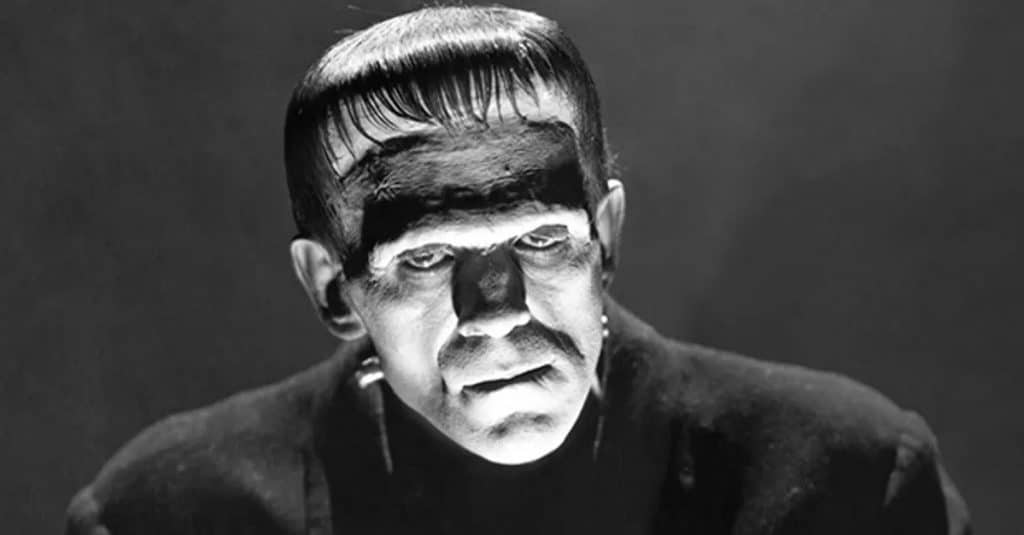A bildungsroman is a novel that focuses on a protagonist’s moral, intellectual, and spiritual growth. In contemporary literature, the coming-of-age stories can be equated with the bildungsroman theme as they often deal with the challenging transition to adulthood from childhood. Shelley’s is a nineteenth-century novel that depicts the theme of bildungsroman by tracing the outcome of Frankenstein’s social isolation and the development of the monster.
Social bonds wire people into their lives, and when deprived of these critical interpersonal relationships, the Monster and Frankenstein shrink into unsavory shadows of themselves. The Monster’s and Frankenstein’s desire for social connections with family and friends is a theme Shelley incorporates. Following months of private study and isolation while creating the Monster, Frankenstein meets with his friend Clerval.
The reunion reawakens Frankenstein, who admits, “ A selfish pursuit had cramped and narrowed me until your gentleness and affection warmed and opened my sense” (Shelley 51). The author continues to show the importance of social connections during De Lacey’s cabin family when the monster laments, “broken the only link that held me to the world” (Shelley 113). In these instances, the author’s use of affection, chain, tie, and link metaphorizes belonging and social connection as stabilizing elements that drive the character’s need for social connection.
The rudimentary power of family has also shown the reproduction’s role in the novel. The human development perspective shows how Frankenstein’s struggles to achieve manhood through procreation are premature and grotesque. Frankenstein’s desire to procreate is overarching and natural such that he admits that it takes a psychological and physical toll when he admits, “I had worked hard for nearly two years, for the sole purpose of infusing life into an inanimate body. For this I have deprived myself of rest and health” (Shelley 95). This situation underscores Frankenstein’s need for social connections.
Similarly, considering the Monster’s social development, Frankenstein’s abandonment severely affects the Monster’s social integration. The monster’s lack of childhood challenges the bildungsroman structure that features the transition to adulthood. The Monster complains, “… No father had watched my infant days, no mother had blessed me with smiles and caresses…” (Shelley 97). Due to this lack of affection and attention, the Monster yearns for social connections, although is rejected as a misfit and a social anomaly because of his hybrid appearance. Without others of his kind, the Monster must learn to survive solely while Frankenstein withdraws from his domestic responsibility and relations to fulfill his obsessions and eventually ends up lonely.
As such, the Monster and Frankenstein fail to accomplish the bildungsroman conclusion as the author denies them closure, leaving them to bewail their despicable state. Frankenstein concludes, “The cup of life was poisoned forever” (153). Similarly, the Monster bemoans “My heart yearned to be known and loved by these amiable creatures,” says the Monster…(Shelley 107). Both characters are reduced to shadows of their former selves and suffer from social isolation, thus failing to mature and be accepted in society, hence failing the theme of bildungsroman.
Conclusively, bildungsroman typically ends with complete maturity and acceptance in society. In Frankenstein, the author subverts the reader’s expectations as Frankenstein and the Monster lack closure and social acceptance. The outcome for both characters is a disrupted trajectory and incomplete development.

